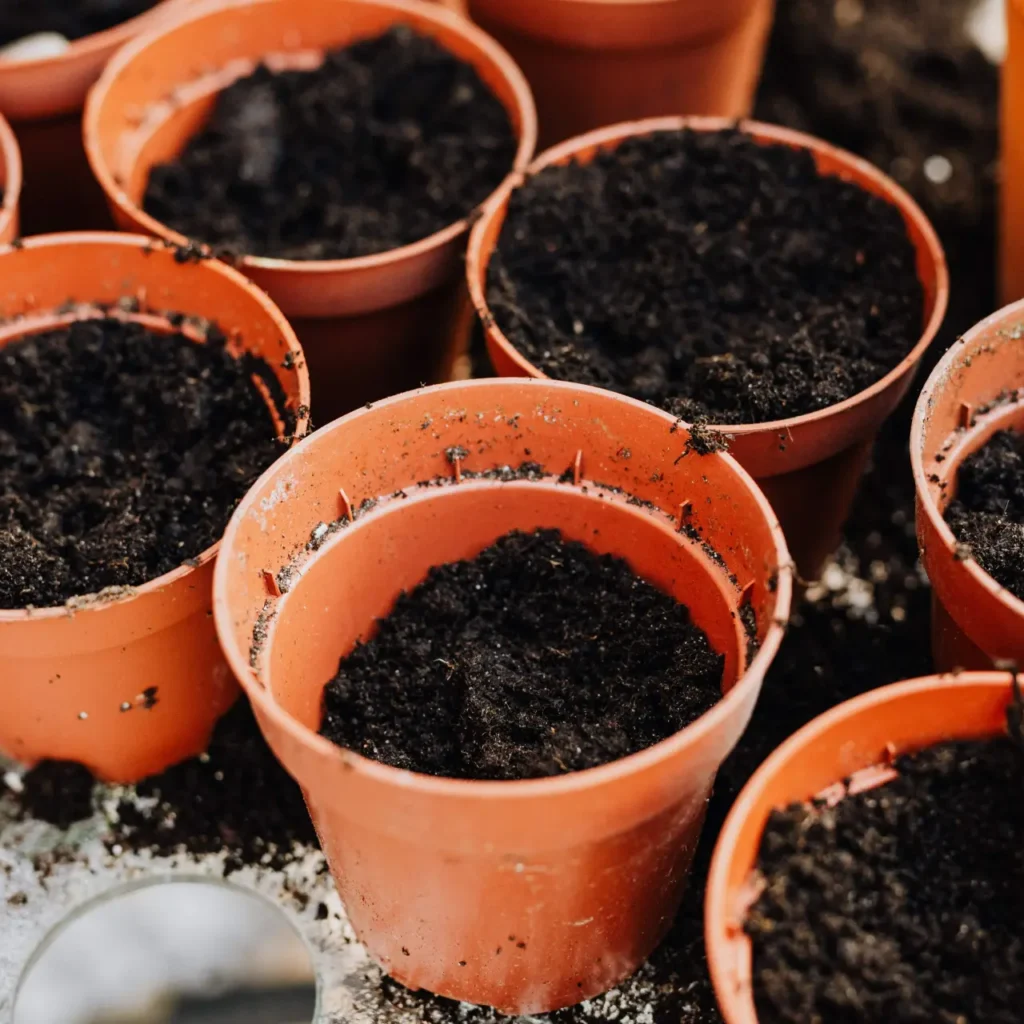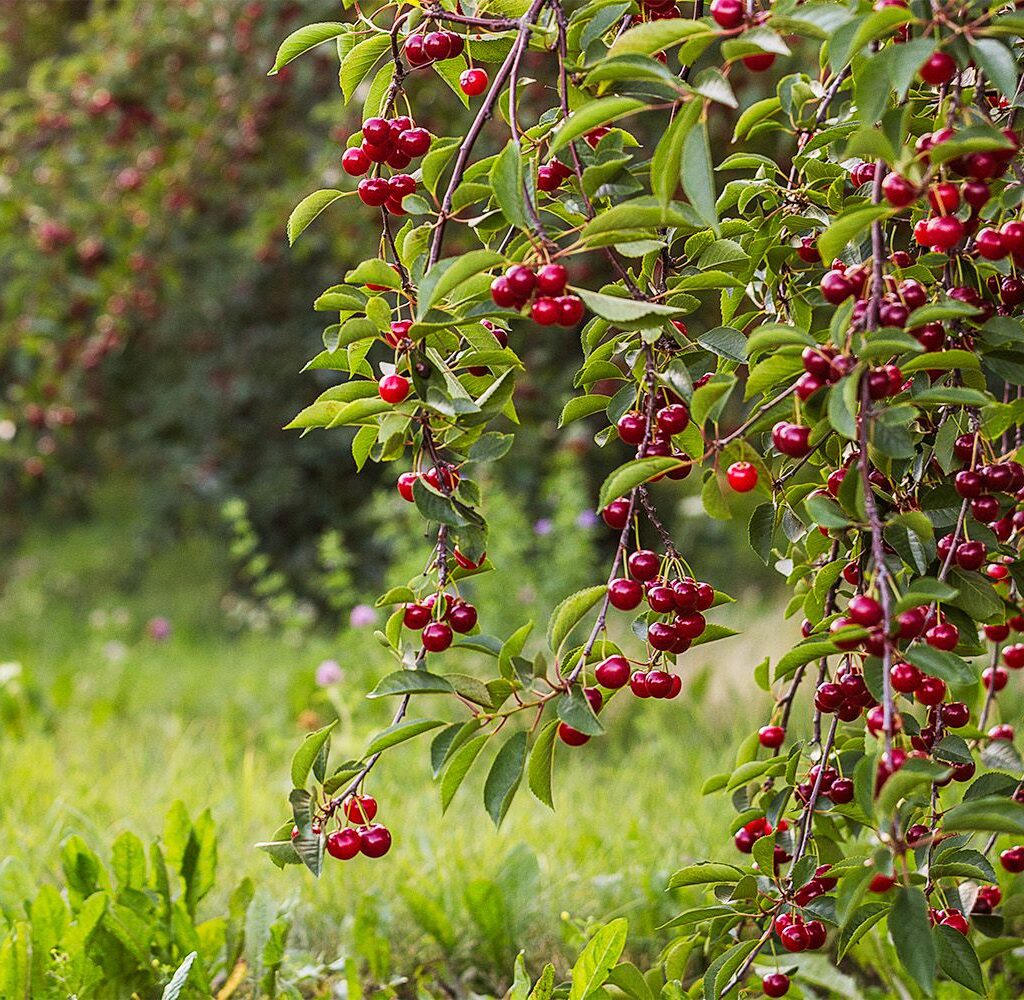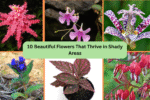Imagine plucking fresh, sun-ripened cherries from your very own tree — sweet, juicy, and homegrown. If that sounds like a dream, you’ll be delighted to know that you can grow a cherry tree right from a simple seed, or pit, found inside the fruit. While it requires a little patience and care, the process is straightforward and incredibly rewarding.
In this comprehensive guide, we’ll cover everything you need to know about how to plant cherry seeds and grow a thriving tree, from preparing the seeds to nurturing your sapling into a beautiful, fruit-bearing tree.

Why Grow a Cherry Tree from Seed?
Growing a cherry tree from seed is a wonderful project for several reasons:
- Affordable and accessible: All you need is a cherry pit from a fresh, ripe fruit.
- Educational and fun: Perfect for gardeners, families, and kids.
- Unique fruit variation: Seed-grown cherry trees can produce unique-tasting cherries.
- Beautiful ornamental tree: Even without fruit, cherry trees are prized for their gorgeous blossoms and shade.
Important Note: Cherry trees grown from seed take longer to bear fruit, typically 7–10 years, and the fruit may differ from the parent tree due to genetic variation.
What You’ll Need
Before you get started, gather these basic materials:
- Fresh, ripe cherries (organic preferred)
- A bowl of water
- Paper towels
- Zip-lock bag or plastic container
- Potting soil (well-draining, sandy or loamy)
- Planting pots (at least 8 inches deep)
- A refrigerator (for stratification)
- Gardening gloves (optional)

Step-by-Step Guide: How to Plant Cherry Seeds
Step 1: Collect and Clean the Cherry Pits
Start by eating or removing the flesh from fresh cherries. Opt for organic cherries when possible, as store-bought fruits are sometimes treated to prevent sprouting.
- Rinse the pits under running water to remove any remaining fruit flesh.
- Scrub gently to avoid damaging the hard outer shell.
- Place the clean pits on a paper towel and let them air-dry for a couple of days.
Step 2: Cold Stratify the Seeds
Cherry seeds require a period of cold stratification to simulate winter, which helps trigger germination.
Here’s how to do it:
- Wrap the dried pits in a slightly damp paper towel.
- Place them inside a zip-lock bag or airtight container.
- Label the bag with the date.
- Refrigerate for 8–12 weeks at a temperature between 34°F to 40°F (1°C to 4°C).
Tip: Check periodically to ensure the paper towel stays slightly moist, not soggy, and no mold develops.
Step 3: Prepare for Planting
Once the stratification period ends, remove the pits from the refrigerator and let them come to room temperature for a day or two.
Optional: To speed up germination, you can gently crack the outer shell of the pit using a nutcracker or a hammer, being careful not to damage the inner seed.
Step 4: Plant the Seeds
- Fill small planting pots with well-draining potting soil mixed with sand or perlite.
- Plant each seed about 1 to 2 inches deep.
- Water the soil until it’s moist but not waterlogged.
- Place the pots in a sunny, warm location. Cherry seeds prefer temperatures around 70°F (21°C) for germination.
Pro tip: Start multiple seeds to increase your chances of successful sprouting.

Caring for Your Cherry Seedling
Once your seeds start sprouting — which can take 2 to 4 weeks after planting — it’s time to shift into care mode to help them grow into strong, healthy saplings.
1. Lighting Requirements
Cherry trees need full sun to thrive.
- Place your pots in a location with 6–8 hours of direct sunlight daily.
- If growing indoors, use a south-facing window or a grow light.
2. Watering
Keep the soil consistently moist, especially during the early growth stages.
- Water when the top inch of soil feels dry.
- Avoid overwatering, which can cause root rot.
3. Soil and Fertilizer
Use well-draining, fertile soil.
- Fertilize your cherry seedlings with a balanced, diluted liquid fertilizer (10-10-10 NPK) once a month during the growing season.
- Avoid over-fertilizing young plants.
4. Temperature and Humidity
Cherry trees grow best in temperate climates with cool winters and warm summers.
- Protect young seedlings from frost and extreme heat.
- If growing indoors, maintain temperatures between 60°F to 75°F (16°C to 24°C).
5. Pruning
Once your sapling reaches 12 to 18 inches tall, prune the top growth to encourage branching.
- Remove dead, weak, or crossing branches.
- Regular pruning helps shape the tree and promotes healthy growth.
Transplanting Cherry Seedlings Outdoors
After your saplings have grown strong and reached about 6 to 12 inches tall, you can transplant them outdoors if the climate is suitable.
Best time to transplant: Early spring or fall when temperatures are mild.
How to Transplant:
- Choose a location with well-draining soil and full sun exposure.
- Dig a hole twice the size of the root ball.
- Gently remove the sapling from the pot without disturbing the roots.
- Place the sapling in the hole, backfill with soil, and water well.
- Add mulch around the base to retain moisture and prevent weeds.

When Will Your Cherry Tree Bear Fruit?
Seed-grown cherry trees typically take 7–10 years to mature and bear fruit, depending on the variety, growing conditions, and care.
Bonus: Even if your tree takes years to fruit, it will still provide beautiful blossoms and shade.
Common Problems and Solutions
| Problem | Cause | Solution |
|---|---|---|
| No sprout after weeks | Seed not viable, no stratification, or too dry | Start over with fresh pits and proper stratification |
| Yellowing leaves | Overwatering or poor drainage | Improve soil drainage; adjust watering |
| Brown leaf tips | Low humidity or salt build-up | Mist regularly; flush soil occasionally |
| Slow growth | Lack of nutrients or sunlight | Move to sunnier location; use balanced fertilizer |
Can You Grow a Cherry Tree Indoors?
Yes, but with limitations. Dwarf or bonsai cherry varieties are better suited for indoor growth.
Requirements for indoor cherry trees:
- Bright, direct sunlight or grow lights
- Well-draining soil and appropriate-sized pots
- Pruning to manage size
- Chilling period during winter (move to a cooler space or refrigerator if needed)
While indoor trees may not bear as much fruit as outdoor ones, they still make charming ornamental plants.
Final Thoughts
Planting cherry seeds and nurturing them into thriving trees is a gratifying project that combines patience, care, and a little horticultural curiosity. While it takes years for seed-grown cherry trees to bear fruit, the journey is rewarding — from watching your sapling grow to enjoying the shade and delicate blossoms.
Whether you’re adding beauty to your backyard or hoping for a harvest one day, this project offers a wonderful connection to nature. Plus, there’s something deeply satisfying about growing a tree from a simple seed that might have otherwise been discarded.
So next time you enjoy a sweet cherry, save that pit — your future cherry tree might be waiting inside.





Leave A Comment